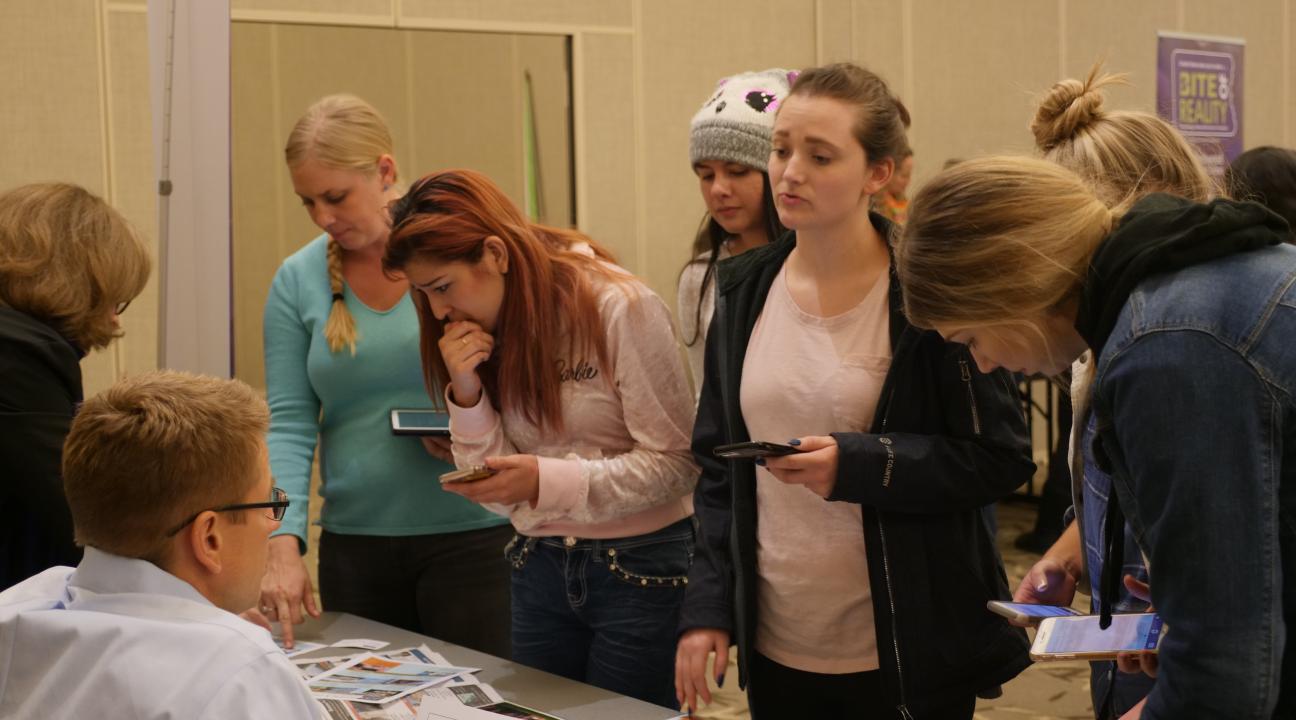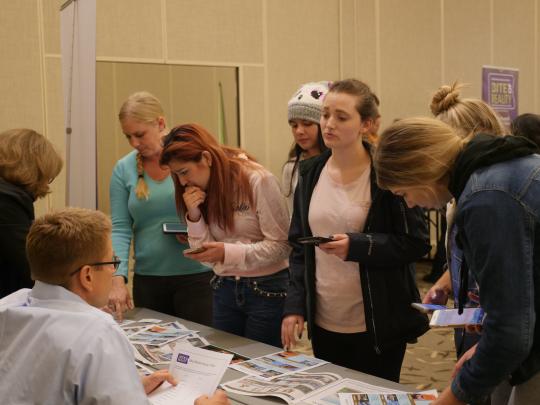Sonoma State University launches ‘financial literacy’ project in partnership with Redwood Credit Union
Americans need more training on how to manage their money. And educators agree that such training needs to start at a young age.
Nevertheless, a 2018 “Survey of the States” study by the Council for Economic Education has found that there’s been minimal to no growth in recent years in the amount of time dedicated to personal finance and economic education in K-12 education. This despite the fact that studies show such teaching results in a lower amount of personal debt in adult life, a greater propensity to save for retirement and an increased likelihood of having emergency savings on hand.
To help address this disparity, Sonoma State University and Redwood Credit Union this week formally launched a partnership to develop a curriculum promoting the teaching of financial literacy in schools.
With the help of a $25,000 grant from Redwood Credit Union, the Sonoma State School of Education is developing course material to train undergraduates on how to teach financial literacy once they are working in the classroom. The course work, being developed by Dr. Carlos Ayala, dean of the SSU School of Education, and Dr. Susan Campbell, a professor of education, will be rolled out in three phases.
The first phase involves embedding financial literacy curriculum into existing courses in the School of Education. In the second phase, the curriculum will be expanded to other academic areas with a goal of having it reach 70 percent of all SSU students by the spring of 2021. The third phase, which will be developed simultaneously with the second, involves the development of an Advanced Financial Literacy Certificate Program that will be offered to current teachers in the profession.
“When these students come into the credential program, they will learn more about their own personal finance such as FICO (Fair Isaac Corporation) scores and personal credit card debt,” said Campbell. “But the main focus is how do they teach this to elementary school students to get them started on thinking ‘What do I need to live and what do I want?’”



